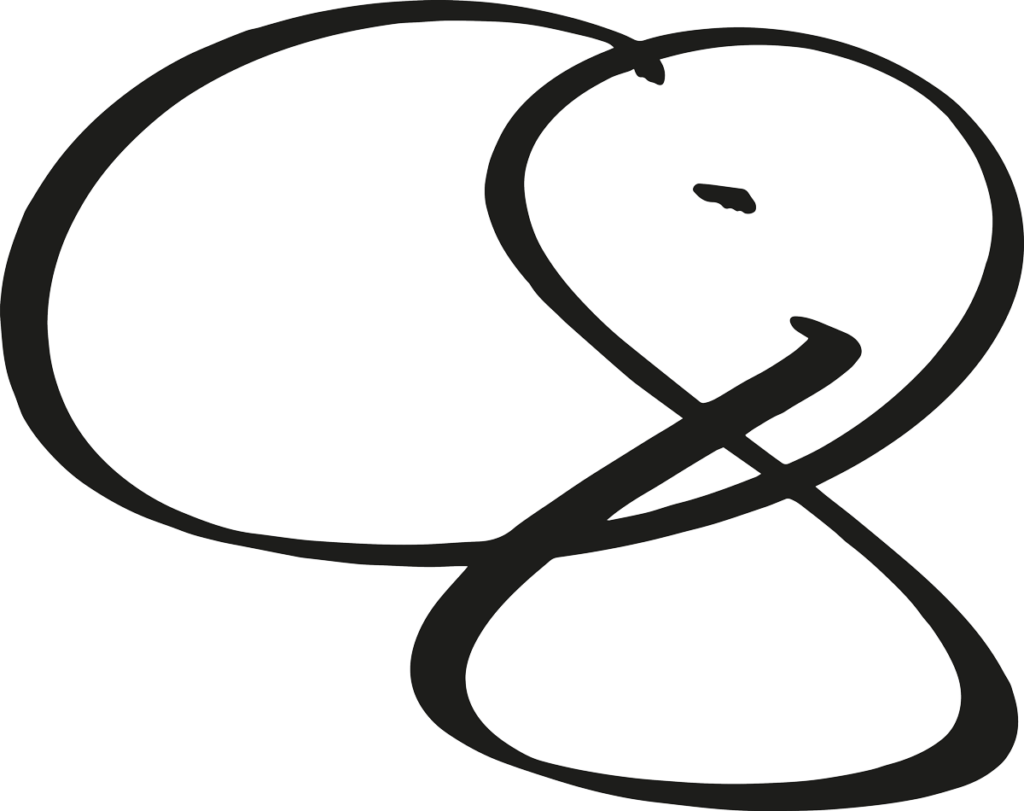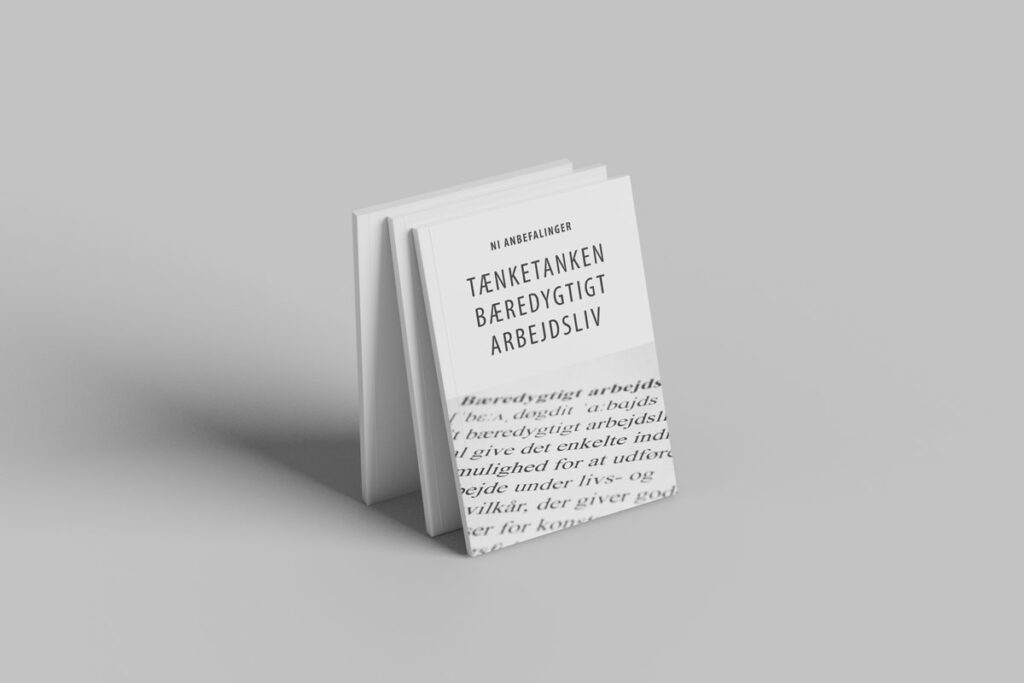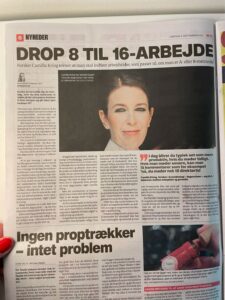Chronobiology is the study of circadian rhythms. Just as our height varies from low to high, we have different circadian rhythms (chronotypes), ranging from extreme A-human (early chronotype) to extreme B-human (late chronotype). A-people, for example, prefer to be awake from approximatly 06:00 to 22:00, and have the most energy in the morning, while B-people have the most energy in the afternoon and evening, and typically prefer to be awake from kl. 09.00 to 01.00. Our circadian rhythm largely is determined genetically. By mapping employees’ circadian rhythms and offering working hours that are adapted to individual circadian rhythms, it will be able to contribute to better health, quality of life and productivity (Wittmann, 2006; Kring, 2015). For example, one team found that they were active 22 out of 24 hours a day. By making visible when we work, more efficient teams can be created, where we work both together and individually at times when the energy is at its peak (Kring, 2017). Chronoleadership: Adapting working time to the human circadian rhythm Chronoleadership focuses on finding the optimal working time for each individual human being. The optimal working time is calculated on the basis of the human circadian rhythm (chronotype). To map human different circadian rhythms, the recognized “Munich ChronoType Questionnaire” (MCTQ) is used (Roenneberg, 2012). Specifically, it makes sense to work with chronoleadership in the following ways: • Global work: Match circadian rhythm and time zone. A-people need to work with Asia. B people need to work with the United States. • Teamwork: Make your work rhythms visible. Some teams are active 22 out of 24 hours a day. When should you work together? And when do you have to work separately. • Extended opening hours: Think A and B. Give A-people the opportunity to meet at 07.00 and give B-people the opportunity to meet after kl. 10.00. • Shift work: Give employees working hours that match their biological clock.
Reflection questions 1. Imagine that you get an assignment today at 17.00. The task is complex and requires high concentration. It should be finished tomorrow morning. What do you do? An A-person would prefer to go to bed at 21:00 and get up at 05.00 to solve the task, whereas the B-person will solve the task the same evening. 2. Have you mapped the department’s circadian rhythms? And where can you actively use the different rhythms of your employees to increase the quality of life and productivity of your company? 3. A-people and B-people are different. The first step towards a more flexible working life is that we accept each other’s different wishes for working hours and workplaces. Working hours must be adapted to people’s different circadian rhythms. Is it possible for A-people to work early in the morning, and let B-people work after kl. 10.00? Tools: Map your rhythm At what times of the day do you have the most energy? Many people do not know what circadian rhythm they have. Schools and workplaces have socialized us one particular rhythm of life. You meet at 08.00, eat lunch at 12:00, and go home at 16.00, because you have always done that. To chart your rhythm, you can note down in a week at what times you peak mentally. Are you a “dromedary” and peak once a day? Or are you “camel” and peak twice a day? This way, you become more aware of your rhythm, and you can use this knowledge to place the most complicated tasks at times when you peak. Small time changes can make a huge difference (Kring, 2017). The think tank Sustainable working life has prepared nine recommendations for a sustainable working life, which you can read here: https://bæredygtigtarbejdsliv.nu





